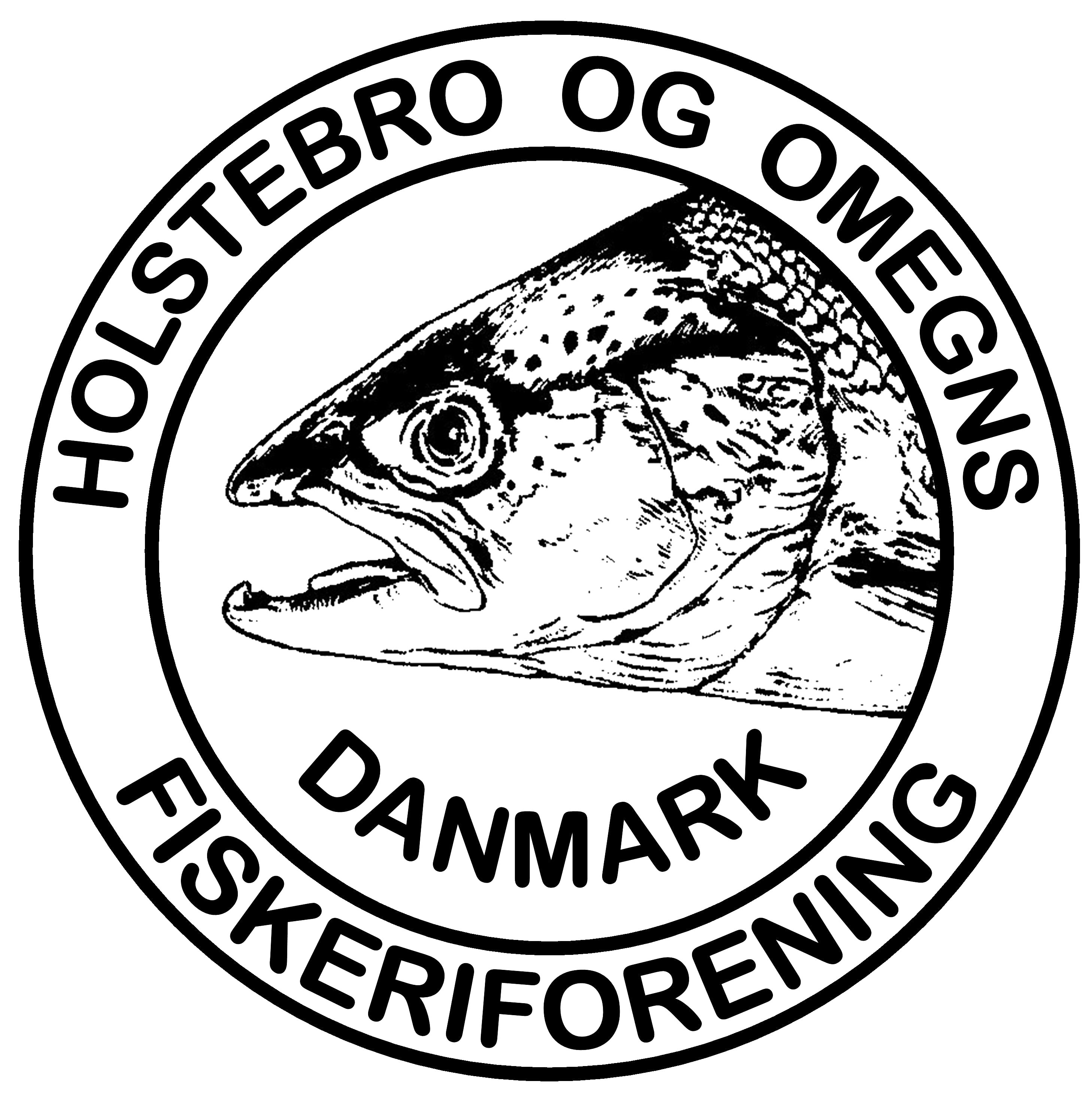Many parts in the Storå system are or have been plagued by blockages.
The majority are created by people with different purposes in mind.
After the return of the beaver, there are now barriers created by them in certain places.
These blockages can be divided into different categories.
Lack of maintenance/review of watercourses:
These barriers can prevent the passage of fish completely.
These are usually dense populations of the water plant Bur-reed (Sparganium), which closes the stream.
You have to dig up the plant so that there is a reasonable flow in the water.
If you only prune it, it will usually only grow stronger.
When examining streams that do not produce fish, even if the physical conditions at first look fine, you will occasionally find places with thicket-like vegetation, where fallen branches form the foundation for a plug in the stream.
The solution is pruning/cleaning up, and the effect of the work is often seen immediately while working on site.
Falls/tube underpass:
It was previously used to offset falls via a series of concrete falls in the stream.
The falls could make it difficult or impossible for fish and insects to pass upstream.
As far as is known, there are no more of the falls left. They are crushed and leveled with the laying of gravel.
On many small and narrow roads, a pipe underpass has been made instead of a bridge.
Over time, sedimentation has occurred and the stream has often made a depression immediately downstream of the pipe, which comes to seem like a fall.
Here, the solution is to lay out a larger amount of gravel, so that you compensate for the difference in height over a stretch.
You often see the gravel being used as spawning area.
Fish farming dams:
The dams are most often located in places where the stream already has a reasonable descent.
In order to ensure the water intake for the pond farm, an embankment was built in the stream and only a small part of the stream was allowed to pass the embankment.
This means that only a few fish can migrate upstream of the pond, depending on the amount of water and design.
In recent years, many fish farms have been acquired with a view to decommissioning.
In practice, you buy the feed quota. It is also called the right to make a dam.
In other cases, the feed quota is moved to another fish farm.
Some fams have been converted into so-called model farms, where only very little of the river's water is used, which is taken in at flat water, i.e. without raising water by a dam. You can optionally supplement with groundwater.
These changes to the fish farming operation have caused a large decrease in the number of fish farms and thus given the spawning fish much better conditions, just as the extracting smolt also survives to a greater extent.
Since, as mentioned, there are often good descent at the farms, when the farms are closed, the stream has been restored and spawning gravel has been laid out inmany in these places, and this has been well received by the spawning fish.
The power plant dam:




The dam at Vandkraftsøen in Holstebro is undoubtedly the most significant barrier in the Storå system.
The power plant was established as an employment project 1940-1942, when Storå was blocked with the current dam.
A small fish ladder was planned, which, however, never had the desired effect.
This means that 2/3 of Storå's water system is practically of no importance to the migratory fish.
In 1989, a bypass was built that diverts a small part of the river's water around the power plant.
This has improved the opportunity for migrating fish to ascend, but the lake is still a major problem for migrating young fish.
The power plant is no longer in operation.
For many years, the Holstebro og Omegns Fiskeriforening has argued for a removal of the lake or, alternatively, a long bypass with the rivers full flow.
There is no political will to remove the lake. There are nice words about the long bypass, but the political will to implement the project is still lacking.
As part of the climate protection of Hostebro City, there are plans to raise the dam at the power plant and also plans to establish another dam facility a few kilometers east (upstream) of the current lake.
During the planning of the power plant, there were thoughts of additional hydropower plants in Storå, i.a. by Bur. However, these plans were never implemented.
Beaver dams:
The last in line are beaver dams


October 1999, 18 beavers were released into Flynder Å in Klosterheden State Forest District.
From here they have spread to the Storå system.
Housing and dams can be found in the tributaries.
In some places it is no problem at all, while it causes major problems for the fish stocks in e.g. Gryde Å.
In Gryde Å, approx. DKK 1 million for the purchase of fish farms and extensive water course restorations have been carried out
The beaver dams form effective barriers and prevent both the upward and downward movement of spawning fish and smolt respectively. In the long term, the reduced water velocity can be expected to mean siltation of the spawning areas.


